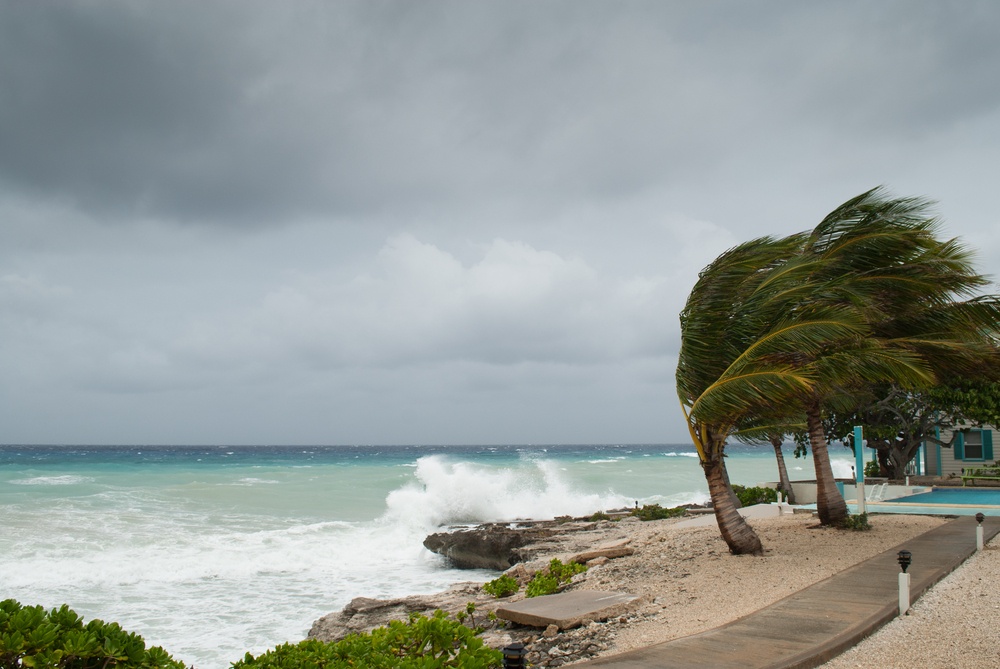Are You Ready for the Next Big Storm?

With the Gulf Coast still feeling the effects of Hurricanes Harvey and Irma, the overall damage to the U.S. food supply has yet to be determined. Hurricane Katrina was an epic catastrophe for the food supply. Case in point: North America’s oldest cold storage company, based in New Orleans, lost power for weeks and was later declared a toxic waste site.
But the latest round of storms could have far greater supply chain impact. The Texas Gulf Coast accounts for almost a quarter of grain exports, including wheat, rice, corn, and soybeans, and serves as a major distribution hub for fresh fruit and vegetables from the Rio Grande Valley. Houston is the nation’s fourth largest city and home to almost 6 million people, compared to New Orleans’ half million, pre-Katrina.
And you can’t talk about Texas without mentioning cattle. Thousands of livestock live in Texas, which has over 130 million acres of farm and ranch land. In a weather event like Harvey, a fast and furious storm that ramps up with little time to prepare, it’s imperative food companies have well-rehearsed contingency plans that account for all links in the supply chain.
Storms are always difficult to predict, but they’re becoming more intense, making it tricky to determine how hard they’ll hit. Natural disasters can have a huge impact on the food supply. Affected cities often experience poverty, food shortages, blocked access to supermarkets, and higher fuel prices, affecting everything from packaging to delivery.
Thanks to organizations like the USDA and FDA that offer social programs to help cities recover, we here in the U.S. enjoy a relatively safe food supply. Unfortunately, relying on city or state infrastructure to survive “superstorms” is no longer enough.
Food manufacturing companies must have contingent disaster plans ready and a well-trained workforce that can act smart during a crisis. One excellent example of storm readiness is the grocery store chain H-E-B. The Texas-based company operates over 300 stores and several manufacturing plants. Most of their stores remained open following Harvey, often running understaffed.
So how did H-E-B handle the hurricane?
They drastically altered their supply chain before the storm hit. Favoring access over variety, H-E-B limited the products made at its own manufacturing plants. H-E-B also asked its suppliers to move them up on lists and to manufacture best-sellers only. In addition, using direct trucks when possible gave distribution chains some cushion.
Food manufacturing businesses should look to uber-prepared retailers like H-E-B, and modify their own disaster plans for today’s storms (or implement one if it doesn’t exist). With tight margins, many food facilities run lean, which can mean fewer employees are prepared to deal with disaster. Training full-time as well as seasonal employees on disaster plans and processes should be a priority. And for the knowledge to sink in — so it is correctly applied when needed – employers need to utilize engaging training methods proven to improve comprehension and retention.
When disaster strikes, food safety can quickly become an issue. The only way to weather the storm will be to have a solid disaster plan in place. A training program that can be customized to reflect current operations and procedures will be the most effective way to overcome disaster.
Learn more about Alchemy’s safety training program and how it can help your workforce be prepared — before the next big one hits.





